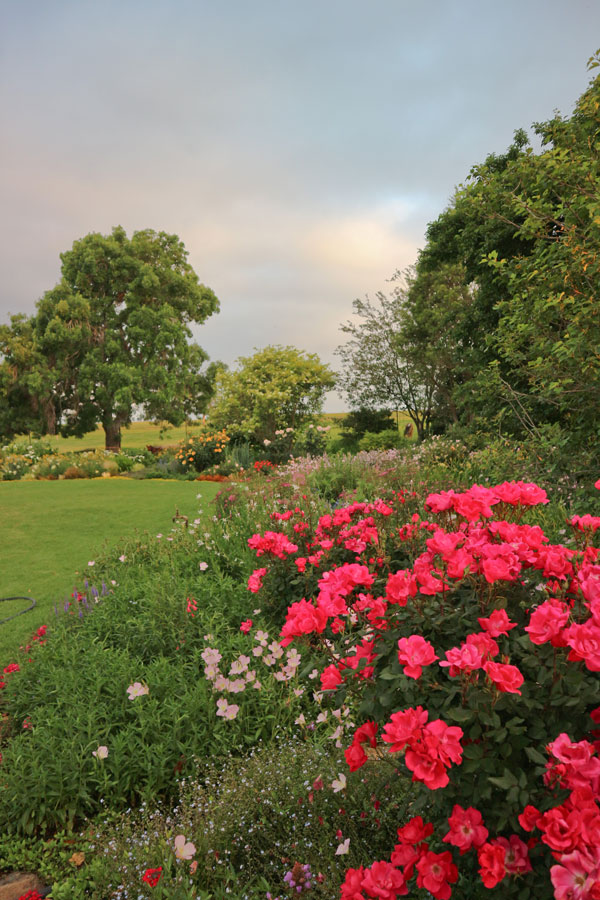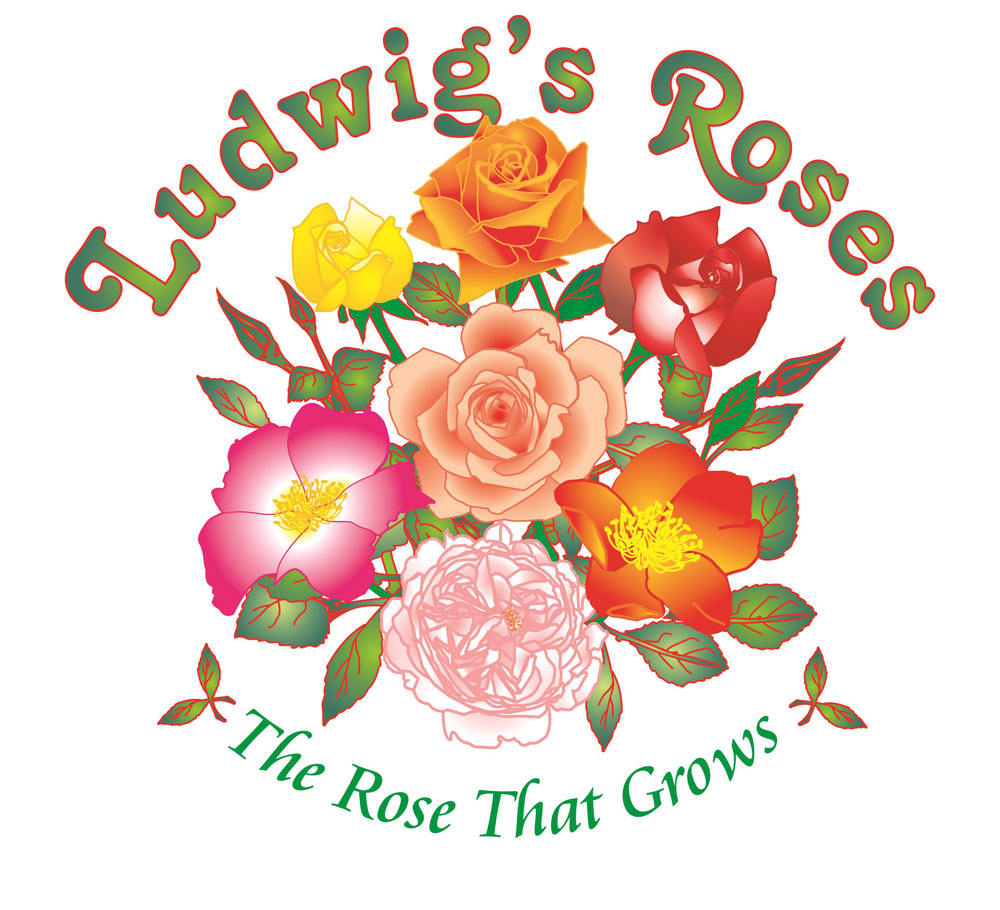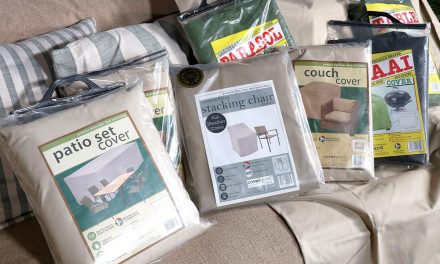Companion plants for roses need to be carefully picked for success.
These days rose bushes are often incorporated into flower borders alongside an array of different companion plants that share the same growing conditions.
This is in complete contrast to many traditional rose gardens of yesteryear where roses grew in beds all on their lonesome. By creating an integrated rose garden with various other plants, the lean periods when roses are not in bloom are not nearly as noticeable. The companion plants enhance the roses when they are performing and compensate when they aren’t, a winning formula for year-round good looks.
Growing conditions
Obviously all companion plants must be able to cope with the same growing conditions that roses require. Full-day sunshine and plenty of water are the key growing factors for good roses, but selecting other plants to combine with them goes beyond just fulfilling the basic growing conditions. These companions need to enhance the roses without detracting from their growing performance. Therefore, they can’t be aggressive in growth habit, can’t grow too large and mustn’t compete with the roses’ root systems below ground. Fortunately there are numerous plants that fit this bill, offering a wide array of choices to gardeners in various different climates.
Some of these companions are annuals, other are perennial. Some are grown for flowers whilst others are used predominantly for their colourful or contrasting foliage. Make your own choices based on the overall impact and effect that you desire. In many instances it’s more effective to use just a single plant for under-planting, especially in more formal gardens. Conversely, cottage or country-style gardens combine roses with a colourful array of different flowers. Here are but a few plants to consider from the huge range available to local gardeners.
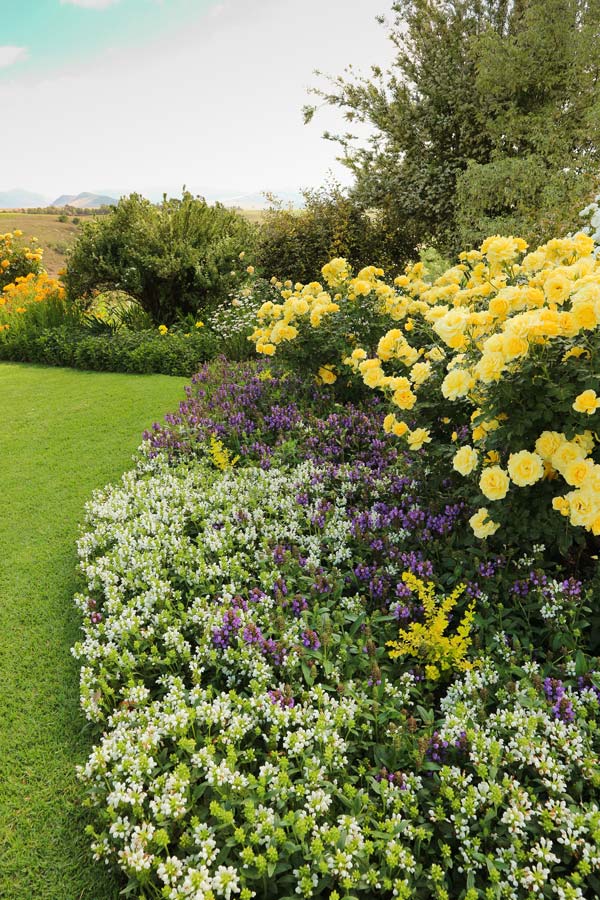
Annuals
Annuals are defined as plants that complete their entire lifecycle within the space of one year (in some instances one growing season), so spentannuals need to be removed and replanted seasonally. Most annuals grow well with roses provided that they are planted in the correct season. Those plants in the list below that flower in winter and spring need to be planted in autumn while summer- and spring-flowering annuals are put in during spring. Sweet alyssum forms a carpet through most of the year, in white or shades of mauve and purple. Antirrhinums or snapdragons are lovely in winter and spring. Larkspurs stand tall and supreme in winter and spring. Lobelias grow best in winter and spring. Marigold plants combat insects and make a spectacular display in summer and autumn. Pansies and violas are the mainstay of the winter and spring display. Parsley is a good contrast plant in the cool season. The numerous forms of petunias are best during the dry part of the year (which differs from area to area). Stocks lend fragrance and height to the winter garden. Virginian stocks can be sown directly under the roses for a splendid winter and spring display. Zinnias cope with the heat and humidity of summer.
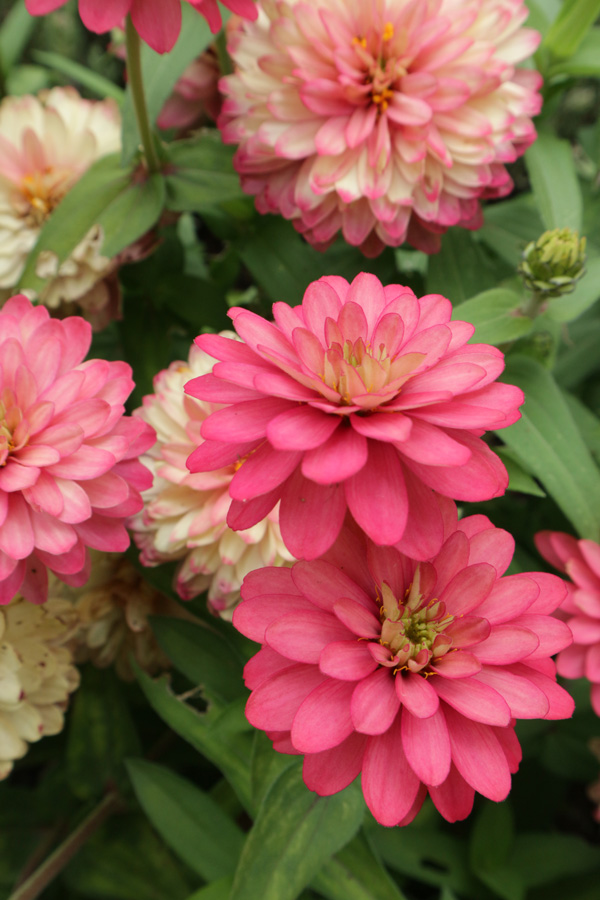
Perennials
Perennials are described as plants that last for three seasons or more. Because they are longer lasting they require less regular work in terms of replanting. Perennial plants are used extensively amongst roses, especially some of those grown for their grey foliage. Certain types are planted to reduce insect infestations on the roses. Campanulas (bellflowers) form clumps with tall flower spikes. Cerastium (snow-in-summer) is a flat groundcover with grey foliage. Chives have interesting foliage and pretty mauve flowers. Gauras always have masses of white or pink blooms through spring to autumn. Geraniums (cranesbills) are low groundcovers with fine foliage. Gypsophila (baby’s breath) combines in a soft gentle manner. Irises or bearded iriseshave contrasting leaves and spectacular blooms in spring. Lavandulas (or lavenders) generally prefer a drier growing environment, but they still seem popular amongst or alongside roses. Leucanthemum (shasta daisies) combine well. Nepeta (catmint) has grey foliage and mauve flowers. Perovskia, commonly known as Russian sage, is a grey-leafed shrub with pale lavender flowers. Phlox of the perennial type is vibrant in summer. Santolina (lavender cotton) has fine grey foliage. Scabiosa (pincushion) has mauve or pink flowers on low, mounded plants. Stachys, commonly known as lamb’s ear, is grown for its furry grey foliage. The many forms of thyme make excellent groundcovers. Tulbaghia (wild garlic) is often used amongst roses to repel insects.
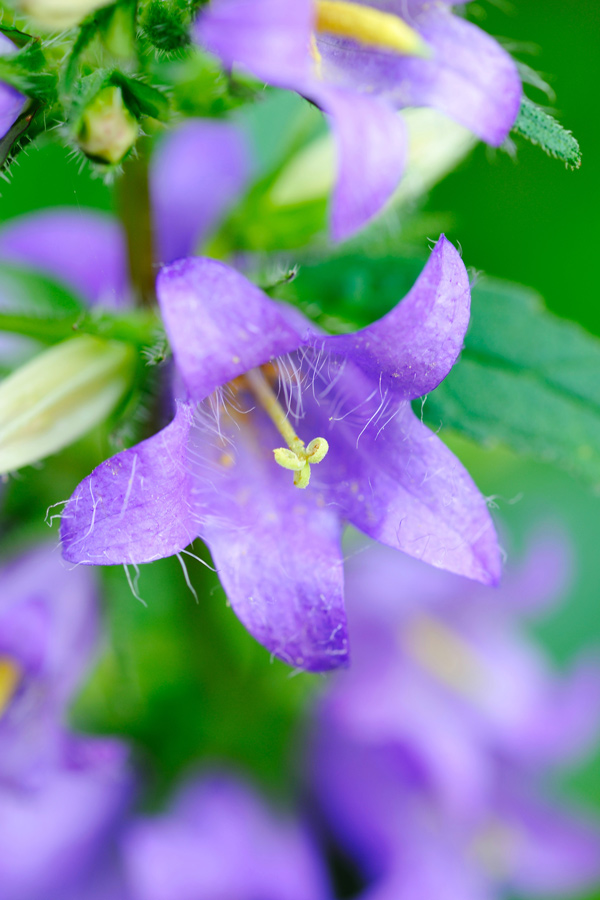
Questions and answers
Q: Are there any indigenous plants that can be grown amongst my roses?
A: Roses are not indigenous, originating from the northern hemisphere. However, there are various indigenous plants that can be grown with roses –wild garlic (Tulbaghia), various grey-leafed helichrysums, watsonias and other bulbous plants like tritonias and sparaxis all work nicely, as does African rosemary (Eriocephalus africanus).
Q: What happens to plants growing between rose bushes when you carry out winter pruning and spraying?
A: Many seasonal annuals are removed and replaced around the time that winter pruning and spraying takes place (mid-July to mid- August). Some of the perennials will have died down as well. Cover the plants that need to be protected with plastic or canvas while pruning and spraying is carried out to minimise damage from heavy feet and any spray drift or dribble.
Q: How do companion plants interact with a layer of mulch placed on the soil surface around roses?
A: Ultimately the companion plants grow into a living mulch around the roses. When establishing plants, simply move the mulch aside to dig holes for planting. Once planted, spread the mulch layer around the new companions and allow them to grow and develop.
Q: Can I grow herbs and vegetables with rose bushes?
A: Many rose gardens are under-planted with parsley, chives and thyme, along with other herbs. The most important thing with edibles growing in an environment where plants are sprayed is to observe the safety period between last application and harvest. This varies from chemical to chemical. If you are not sure of these matters, it’s safer to simply use edible herbs and vegetables as ‘ornamentals’ amongst the roses rather than having to worry about the safety aspect. There’s no right or wrong in terms of having roses growing amongst companion plants or being cultivated in traditional rose beds without any competition. The final choice is ultimately a matter of personal preference or taste, although the size of the garden also affects these decisions. If you, like most of us, live in a small garden, then you’re certain to grow your roses amongst a plethora of companion plants.
